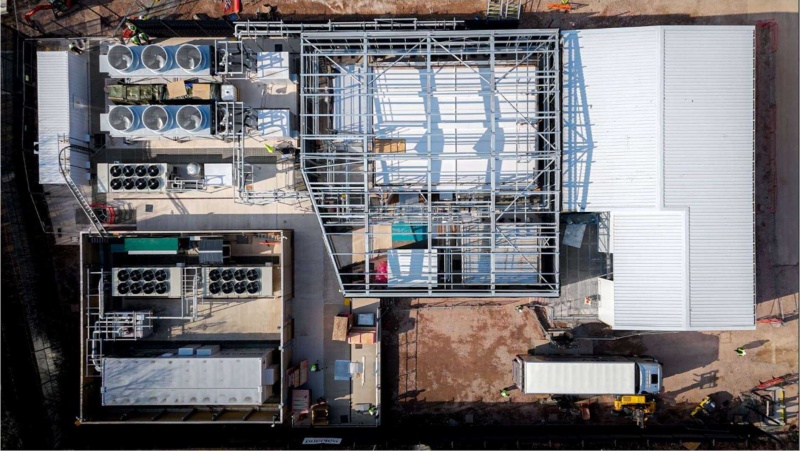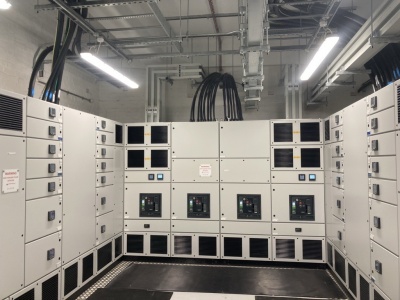
Building the future of AI: Delivering a home for the UK’s largest supercomputer

Building the future of AI: Delivering a home for the UK’s largest supercomputer
At Kendall Kingscott, we take pride in projects that contribute to the future of society. We were recently involved in an innovating and exciting project at the University of Bristol supporting with the fast-track construction of the UK’s largest supercomputer facility.
Isambard-AI, Europe’s 6th fastest and the 4th greenest (according to the Green500 list) supercomputer, required an equally innovative and resilient support structure, one that safeguarded the technology, ensured energy efficiency, and met diverse stakeholder needs.
Our expertise
We provided architectural expertise from RIBA Stages 0 to 6, leading the design for the support structure across the whole project lifecycle.
- Design and planning: Collaborated closely with key stakeholders to develop a robust design that met both operational and planning requirements. The proposal achieved swift and successful planning approval with no significant objections.
- Technical design and compliance: Prepared fully compliant, detailed design packages, demonstrating agility and technical problem-solving to address emerging challenges — including complexities around electrical supply and infrastructure integration.
- Multi-disciplinary expertise: Architecture, structural engineering, M&E, and CDM services.
- Construction support: Provided technical input and on-site design support, proactively resolving construction challenges and collaborating closely with Oakland Construction, subcontractors, and suppliers to ensure smooth delivery and adherence to design intent.
We worked closely with stakeholders including Hewlett Packard Enterprise (HPE) and the National Composite Centre (NCC), ensuring needs such as HV power supply, earthing, and advanced cooling were fully integrated.
Innovation
The facility was required to be delivered at maximum speed - a project of this scale would typically take around three years. However, through an agile and highly collaborative approach, we streamlined the build phase and successfully delivered the facility in just 18 months
As with much of our work, sustainability was critical in the project:
- A low-carbon, modular data centre, cutting emissions by ~72% versus traditional methods.
- Waste heat capture with potential for district heating.
- HPE’s liquid cooling technology, achieving up to 90% reduction in cooling power use.
Outcomes
The success of this project was in part due to the collaborative approach of the organisations involved - working together with the University of Bristol to achieve this innovative build. But its success is also defined by what it enables:
- Sustainability – ambitious energy and carbon goals met.
- Delivery – complex works completed at speed.
- Impact – enabling research that will change lives.
Looking ahead
This project is a milestone for the University of Bristol and the UK’s digital research infrastructure. It shows what’s possible when technical expertise, innovation, and collaboration align.

